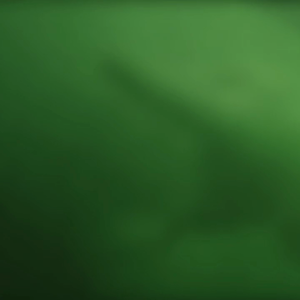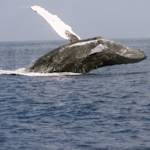Maui's dolphin
2023 CE • North Island, New Zealand
"The west coast of the North Island is home to one of our rarest endemic animals, Maui’s dolphin. This tiny marine mammal, a subspecies of Hector’s dolphin, is the smallest in the world—adults are the length of an average-sized 10-year-old child and babies are the size of a large cat. They are distinguishable by their small size, rounded dorsal fin . . . and distinctive black, white and grey markings . . . Sadly, Maui’s dolphins are also distinguishable by their small number, qualifying them for the title of the world’s rarest dolphin. Prior to the 1970s, the population was believed to have been a healthy 1,000 or so animals. Over the last 40 years, the population has significantly declined; it was most recently estimated at just over 100 animals . . . The primary causes of their population decline are human-related threats, in particular those from two of the methods used to catch fish: set netting (which uses monofilament gill nets), and trawling. If urgent action is not taken, this species will become extinct within 20 to 30 years."
"Maui’s Dolphin – An inquiry to action," World Wildlife Fund.
Image: Oregon State University via Flicir, Attribution-ShareAlike 2.0 Generic (CC BY-SA 2.0)


Learn about Maya Lin’s fifth and final memorial: a multi-platform science based artwork that presents an ecological history of our world - past, present, and future.

Discover ecological histories and stories of former abundance, loss, and recovery on the map of memory.

Learn how we can reduce our emissions and protect and restore species and habitats – around the world.

See how art can help us rethink the problems we face, and give us hope that each one of us can make a difference.

Help make a global memorial something personal and close to home. Share your stories of the natural world.


